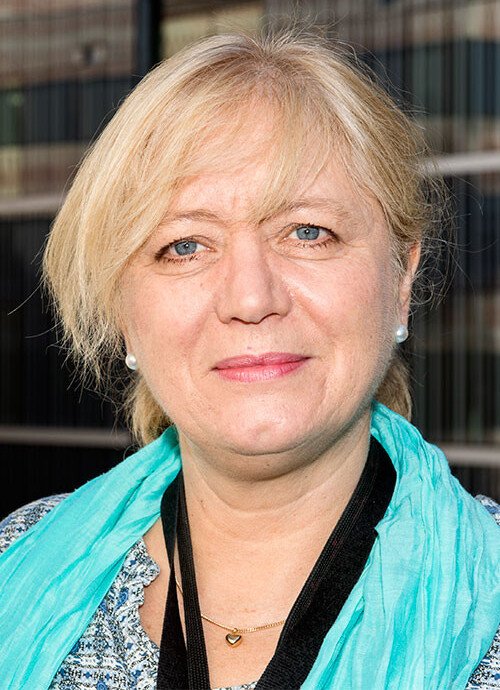Searching for substances effective against tumour cells
Sonia Lain is searching for molecules that have the potential to become future cancer therapies and has selected from over 60,000 substances the most promising candidates. Once the molecular mechanisms have been identified, it will also be possible to see what other diseases the substances can be effective against.

Sonia Lain, Professor of Molecular Cancer Pharmacology at the Department of Microbiology, Tumor and Cell Biology
One problem with conventional cancer therapies is that they also attack healthy cells and increase the risk of other cancers later in life through the damage they cause to the genome. Sonia Lain is searching for substances that are effective against cancer cells but easier on healthy tissue.
“Our research group has screened a large number of drug-like substances to see which ones have interesting effects on cancer cells,” says Professor Lain. “We’ve then continued to sift out the most potent and/or selective substances, so from over 60,000 in our initial collection we have selected 40 to do further research on.”
Identify the molecular mechanisms
The greatest challenge in the research process is the step that then follows: to identify the molecular mechanisms by which each of these small molecules exert their effects on cells.
“To this end, we have used several biochemistry and genetic technologies as well as done a lot of reading and detective work,” says Professor Lain. “In particular, we’ve made use of what’s been written about the protein p53, which is a good marker for anticancer effects and very informative in different ways.”
Professor Lain’s group has managed to pin down the mechanisms for many of the selected substances, knowledge that is the key to the next steps: modifying the molecule to boost its effectiveness and identifying the clinical situations in which it can be most useful.
“Our challenge now is to take the substances to the right type of cancer,” says Professor Lain. “And we also know that some of the molecules can be used for diseases other than cancer – we’ve already seen that a group of substances is effective against certain types of virus infection. We’re also preparing patents to enable continuing development in association with the pharmaceutical industry.”
Text: Anders Nilsson, first published in "From Cell to Society" 2016.
